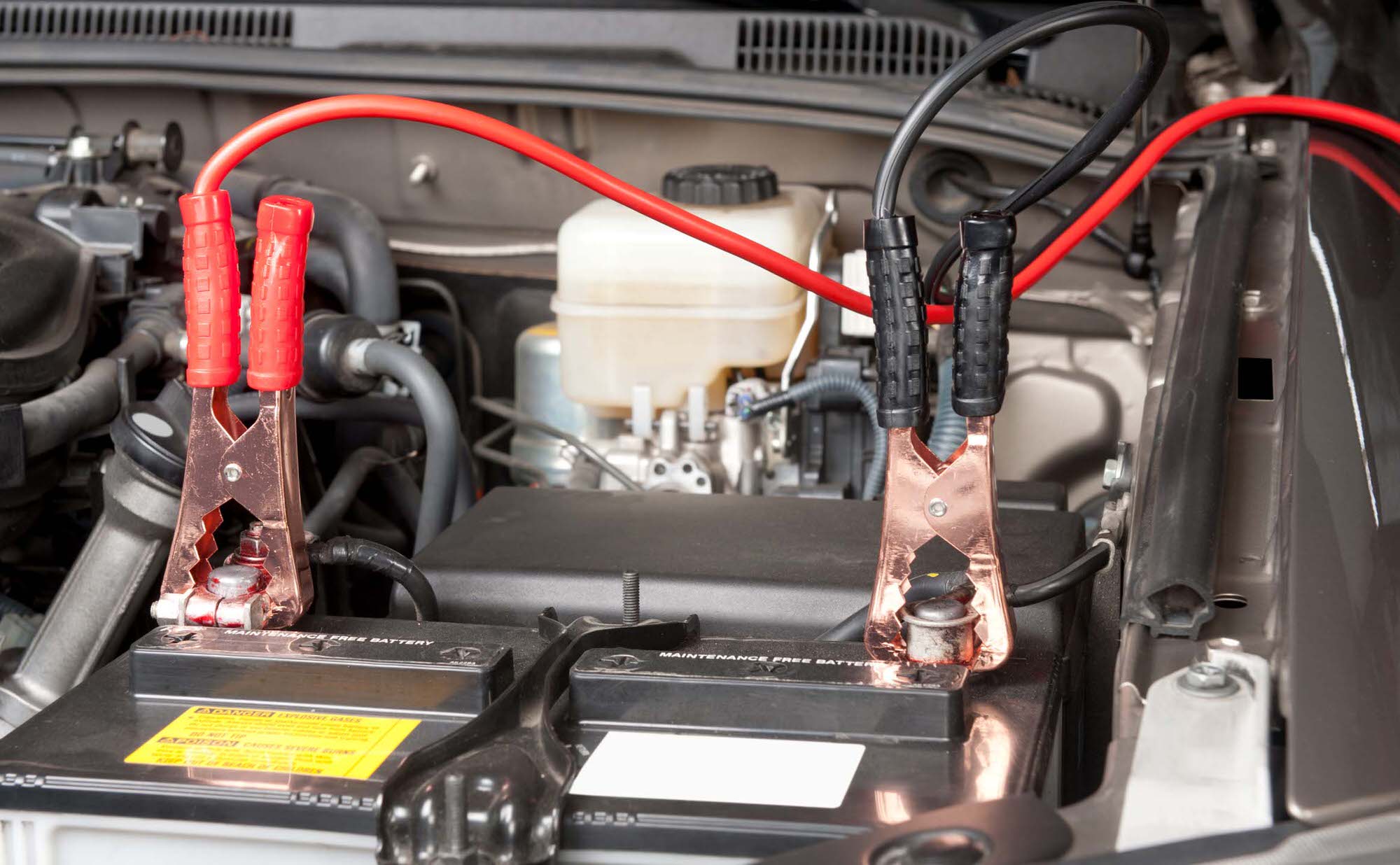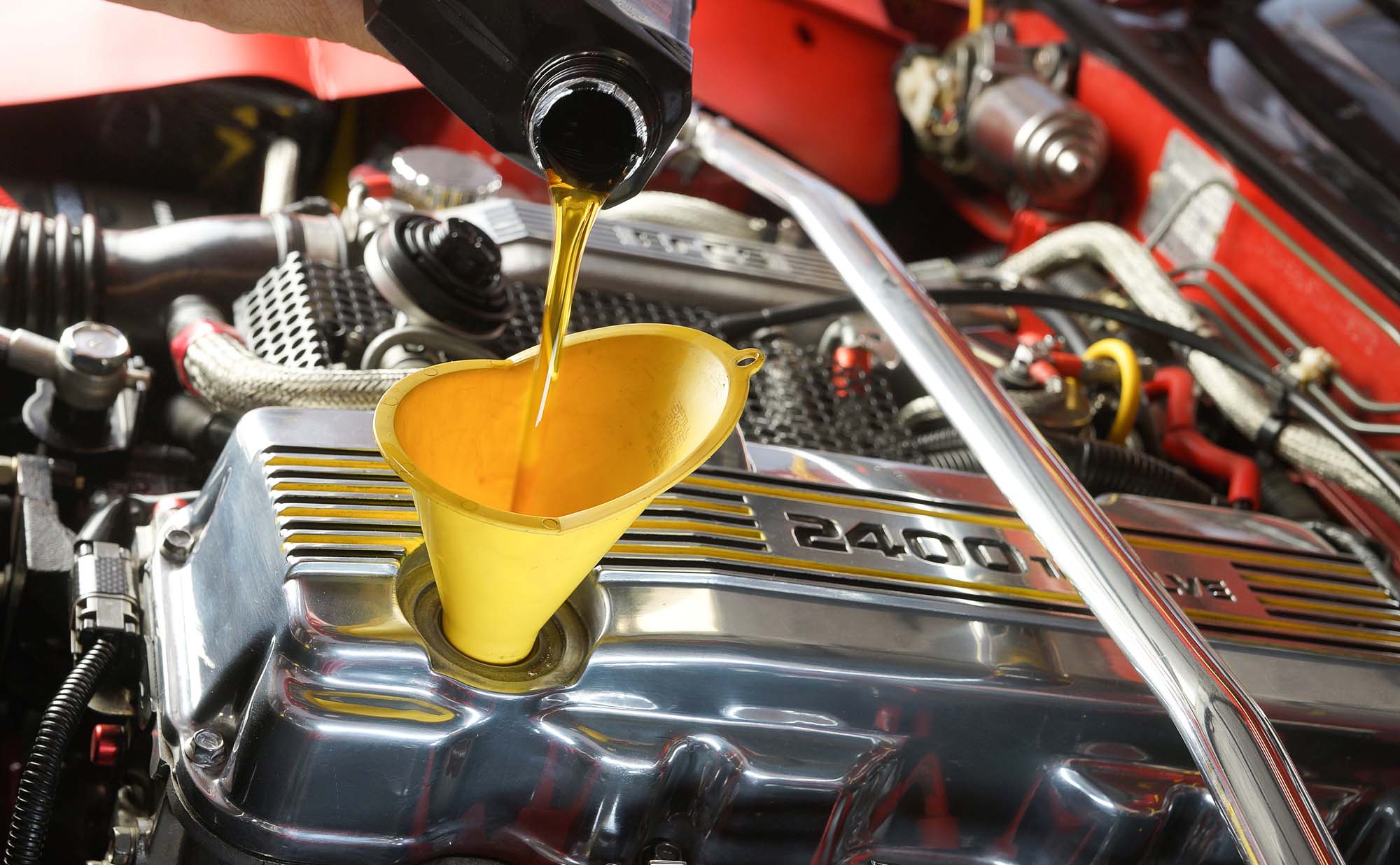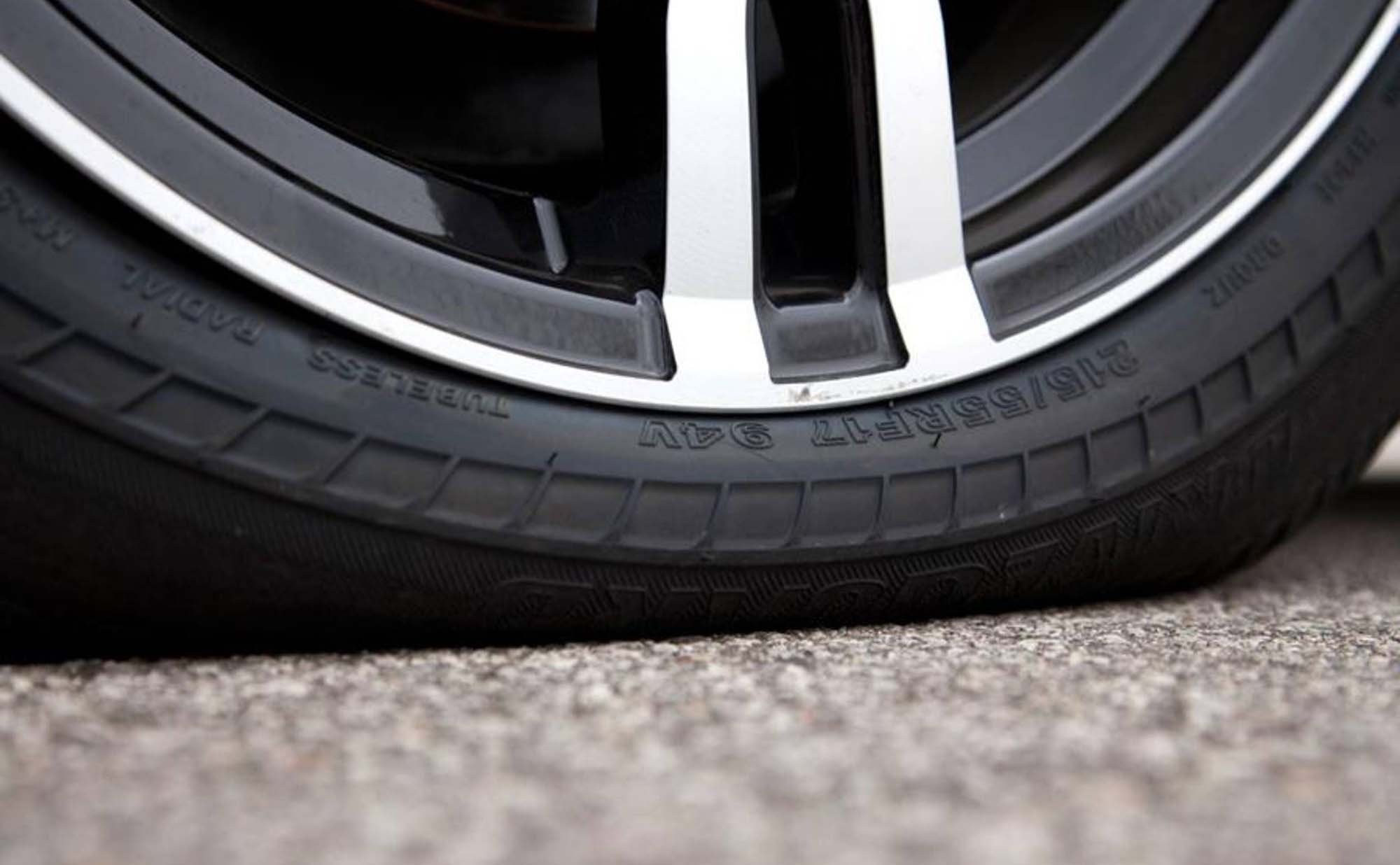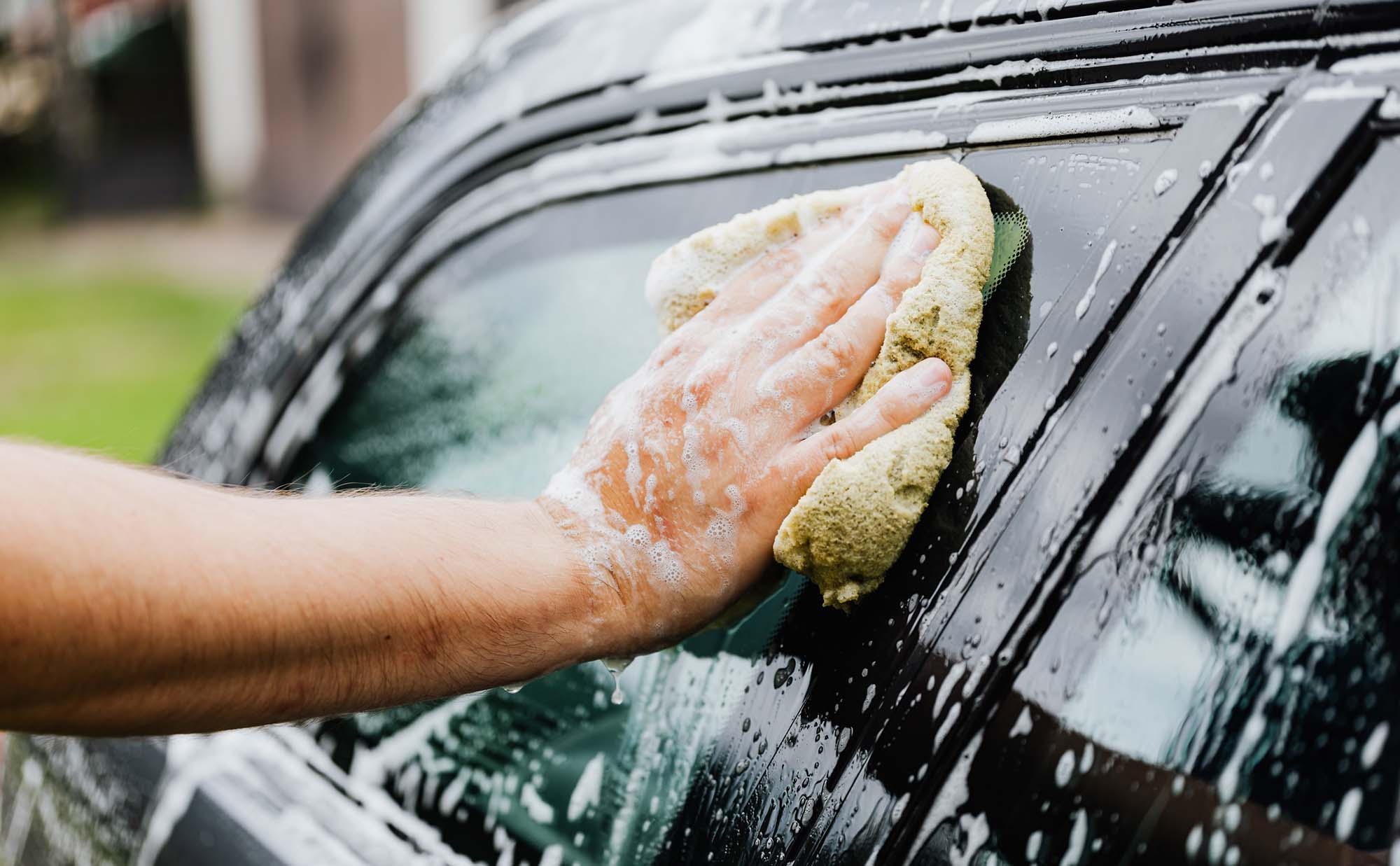In this post, we investigate whether oil additives deliver on their big promises. Here is a summary of what we know and think about oil additives.
An earlier post on how to properly boost a dead battery has led us to another important topic. It is a really good idea to take a moment and think about what type of jumper cable to buy and keep in your trunk. Not everyone needs to buy the most expensive cables, but there are a few good rules of thumb to help you choose wisely and get exactly what you need.
You will need to consider how long the cables should be, what gauge you require, and what type of clamp they should have to make charging safe and effective when it matters most. Here is what you need to know:
Wire Gauge
“Wire gauge” refers to how thick the wires are. The lower the number, the thicker the cable. It’s better to get heavy-duty cables because the current flow during the jump start needs to be high enough to start the car. With flimsy bargain-priced cables, there is no guarantee that you will be able to draw enough current. 10 gauge tends to be the thinnest you can buy, and might be ok for a compact or sub-compact car. Generally speaking, though, you should choose no smaller than 8 gauge and 6 gauge would be even better if you can find a good price.
Jumper Cables Insulation
If you buy heavy-duty cables you should expect to have heavy insulation on the cables. Heavier insulation reduces heat generated through the cables by the jumpstart process. It is possible that when you look at the cables side-by-side, they may both look to be a heavy gauge, but a cheaper price tag might mean you are getting a thin gauge wire in a thick insulation wrap. Be sure to always check for the gauge to be specified on the package. Usually, if it is very inexpensive, there is a good reason.
Length
This is a critical factor. Imagine the situation where you are on the side of a busy road and the other vehicle needs to be behind you for safety. How long do the cables need to be to reach between both batteries? If you own a truck and need a charge from behind, you need to spring for at least 20 feet. This is a great little guide to keep handy.
Heavy Duty Clamps
The cables you choose should have heavy-duty clamps capable of connecting to a battery with either top terminals or side terminals securely. The black cable clamps technically should be heavy-duty enough to securely connect to a good ground under your hood such as a bolt on the engine block. Heavy-duty clamps have the added advantage of being larger which keeps your hands away from any sparks that are generated. The clamps are going to be made of a conductive material, so the handle portion that you use to open them should have thick and secure insulation to keep your hands safe. Many cheap cable sets have loose-fitting handle insulation, and you can trust that a shock with that much voltage is not something you want to experience.
In Conclusion
Grab a long, heavy gauge, well-insulated jumper cable set and put it in your trunk today. You never know when you are going to need it! If you have a unique scenario or need a more in-depth explanation, don’t hesitate to get in touch.




